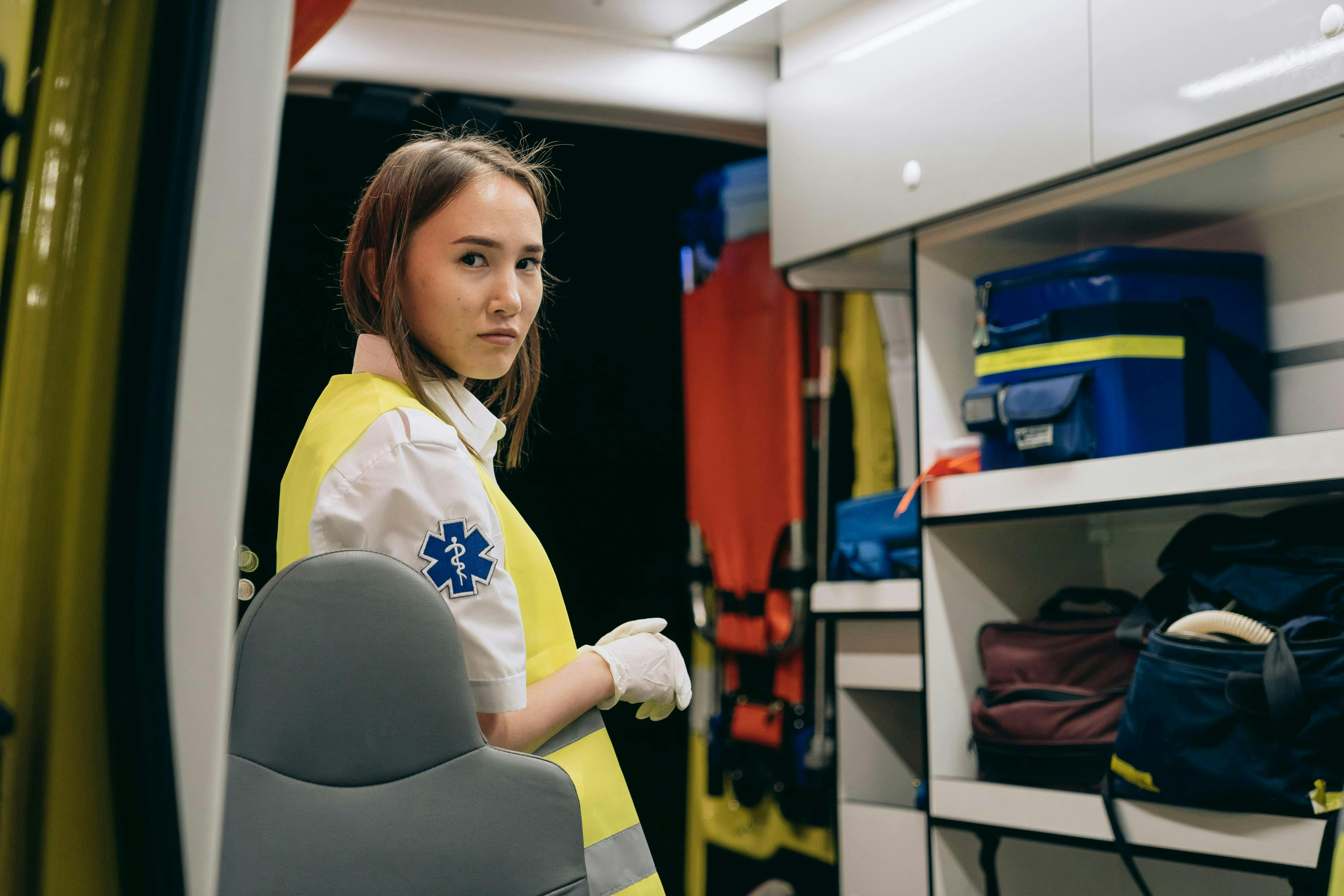Top 2025 Picks for the Best Medical Alert Systems
Staying safe has never been more essential—especially for seniors, individuals with health conditions, or anyone living alone. The best medical alert systems provide a vital lifeline during emergencies, combining cutting-edge technology with life-saving features. In this guide, we’ll walk you through everything you need to know to make an informed decision that ensures peace of mind for you and your loved ones.

Understanding the Fundamentals
Medical alert systems are specialized devices designed to signal for help during emergencies, such as falls, medical issues, or security threats. Initially popularized in the 1970s, these systems have since evolved into highly sophisticated and diverse solutions tailored for individual needs.
Understanding the core functions—such as two-way communication, fall detection, and GPS tracking—is essential to appreciating the real-life value these systems offer today. Think of them as wearable lifeguards, ready to respond the moment a crisis occurs.
1.1 Core Features of Modern Alert Systems
Modern devices include features such as automatic fall detection, water resistance, extended battery life, and integration with smart home systems. According to a 2024 AARP report, over 60% of users prefer systems with GPS and caregiver monitoring apps.
Whether worn as a pendant or wristband, these systems are designed for rapid deployment in emergencies, reducing response times dramatically. Misconceptions such as “they’re only for the elderly” often prevent younger people with medical conditions from investing in this potentially life-saving technology.
1.2 How They Differ from Traditional Emergency Tools
Unlike cell phones or standard alarms, the best medical alert systems provide direct, instant access to trained professionals—24/7. They operate independently of smartphones, which makes them reliable even during power outages or if the user is disoriented.
Real-world examples include diabetic individuals using fall sensors or hikers employing GPS-based alerts to signal for help in remote areas. Their practicality spans generations and health profiles.
Practical Implementation Guide
Now that you understand the key components, let’s explore how to effectively implement a medical alert system in your daily life. With the right approach, you can expect peace of mind and improved safety for your family.

2.1 Actionable Steps
- Assess Your Needs: Identify whether the user needs in-home, mobile, or hybrid coverage. Consider medical history, mobility, and living arrangements.
- Research and Select a System: Compare systems offering GPS tracking, fall detection, and cellular vs landline connection. Use consumer reviews and medical alert comparison tools.
- Set Up and Test: Follow manufacturer instructions to install and test the system. Most offer a trial period and customer support for initial setup assistance.
2.2 Overcoming Challenges
Common challenges include device discomfort, fear of false alarms, and resistance from the user. Solutions include trying different form factors, adjusting settings, and involving family members in training.
Watch for signs like low battery alerts or missed test calls. Experts recommend monthly check-ins and regular family discussions to ensure continued effectiveness.
Advanced Applications
For users seeking advanced features, there are systems with AI-based fall prediction, activity tracking, and smart home integration. Transitioning to these methods is ideal once basic alert habits are established and consistent use is confirmed.

3.1 AI-Driven Monitoring
Some of the best medical alert systems now leverage AI to detect abnormal patterns before emergencies occur. For instance, if a user’s gait changes suddenly, it can trigger a precautionary alert. Studies show AI-enabled systems reduce emergency response time by up to 25%.
3.2 Smart Home Integration
Systems integrated with home automation can lock doors, turn on lights, or alert caregivers via smart speakers. These setups are perfect for tech-savvy households or individuals with physical disabilities.
Future Outlook
The future of medical alert systems lies in predictive analytics, 5G-enabled wearables, and biometric sensors. Industry projections suggest the global market will surpass $15 billion by 2027, with wearable alert systems becoming standard in many insurance plans.
Consumers should prepare by keeping devices updated, subscribing to software upgrade plans, and choosing systems that allow for feature expansion.
Conclusion
Three key takeaways: First, the best medical alert systems provide immediate access to emergency assistance. Second, they offer peace of mind through advanced features like fall detection and GPS tracking. Third, their use is no longer limited to seniors alone—they serve a broad audience.
Ready to enhance your safety or that of a loved one? Explore options tailored to your lifestyle. Investing in a quality alert system today could save a life tomorrow.
Frequently Asked Questions
- Q: What is a medical alert system? A device that allows users to quickly call for help during emergencies, usually via wearable technology.
- Q: How do I get started with one? Assess your needs, research features, and choose a reputable provider with excellent support.
- Q: How much time does setup take? Most systems can be set up within 30-60 minutes, depending on the complexity and support availability.
- Q: What does a medical alert system cost? Prices range from $20 to $60/month, depending on features like fall detection, mobile coverage, and support services.
- Q: How do they compare to smartphones for emergencies? Unlike phones, they offer one-touch access to emergency professionals and don’t rely on user consciousness or mobility.
- Q: Are these devices hard to use? No. Most have simple buttons and voice-guided setup. Training is minimal and support is available.
- Q: Can these be used in specific industries like caregiving? Absolutely. Many caregivers rely on medical alert systems to monitor patients remotely and receive instant alerts.